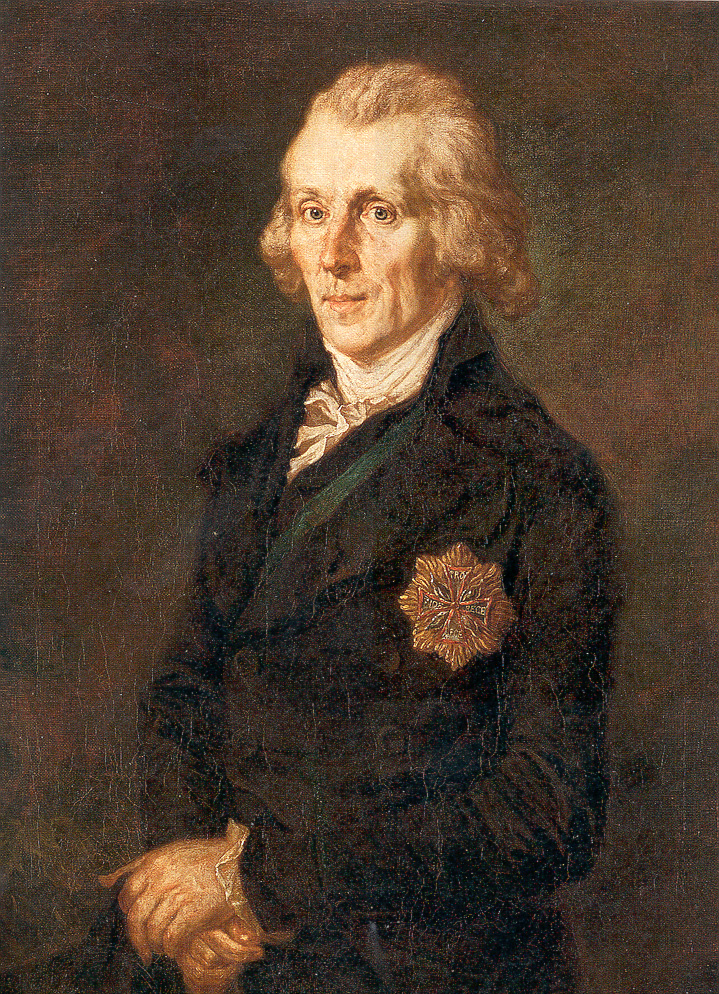
Benjamin Thompson (1753 – 1814) was an American born physicist who made many contributions to our understanding of the nature of heat. His work helped lay the foundations to the modern theories of thermodynamics.
Benjamin Thompson was born to a farming family in Massachusetts two decades before the American Revolution began. His life prospects increased when he married a rich widow at age nineteen. Soon the American Revolution began and he sided with the British, serving as a spy. In 1776 he moved to England and continued to work for the British government. He was elected a fellow member of the Royal Society in 1779 for his scientific work on the force of gunpowder. He soon moved on to Bavaria where he worked as a military commander and in 1791 he was made a count, taking the name of Count Rumford. He returned to London in 1798 and a year later helped to found the Royal Institution of Great Britain.
While working in the military he naturally became interested in the effects of heat on the equipment, especially cannons. The leading theory of the day was the caloric theory in that heat was a type of fluid that flowed from one substance to another. While watching the process of boring cannons he noticed that the heat generated in the process was substantial and almost limitless. He correctly concluded that heat was not a fluid and that it was the motion of the borer creating friction with the cannon that generated the heat. His knowledge about heat made him a capable inventor and he made improvements to chimneys, fireplaces, stoves, and furnaces.
Count Rumford, as he came to be called, never returned to the United States and in 1804 he married the widow of the French chemist Antonie Lavoisier. He stayed the rest of his life in Paris continuing his scientific work until he died in 1814.